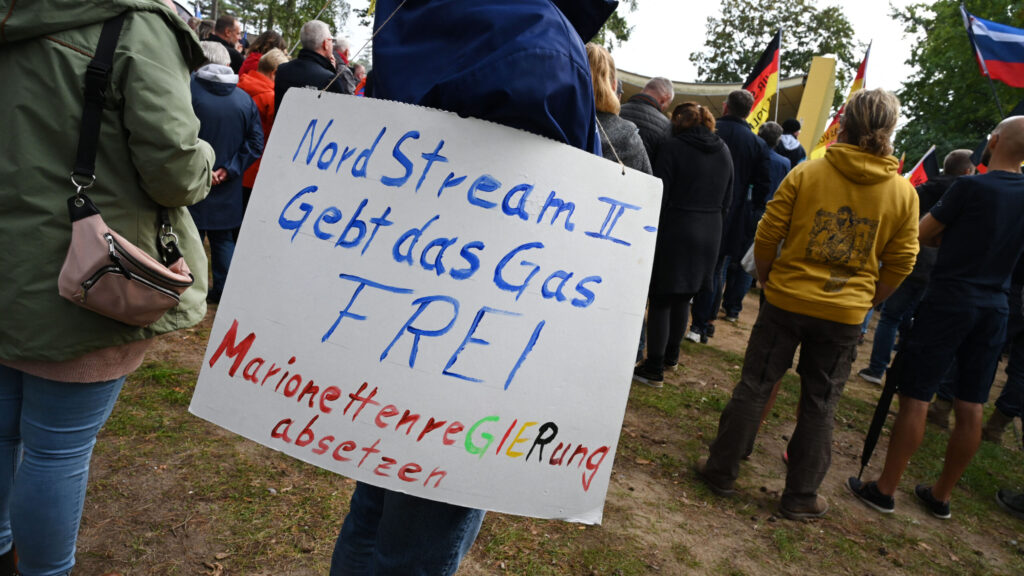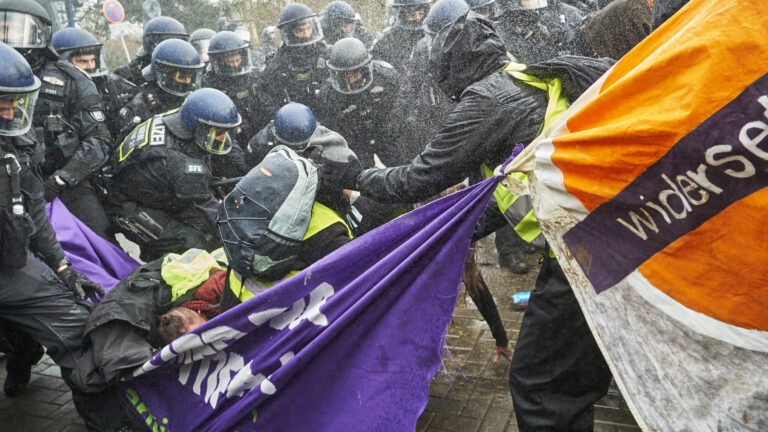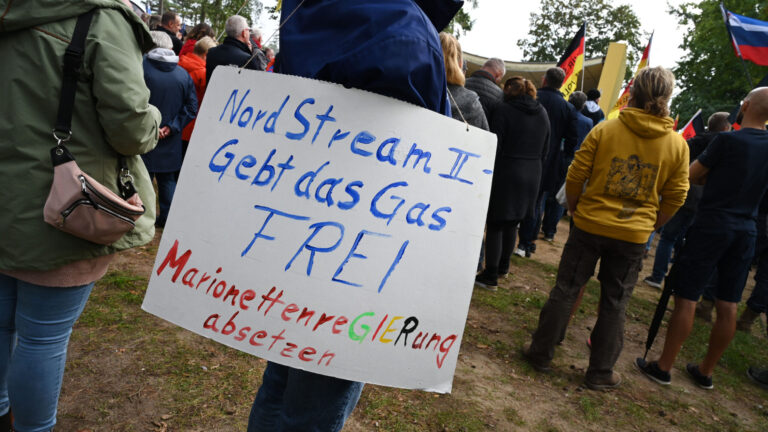Artificial intelligence, space communications and quantum technologies are emerging as the three most decisive fields shaping the future of infocommunications. Hungary’s National Media and Infocommunications Authority (NMHH) considers it a strategic priority to keep pace with such advances, as the country’s chief telecoms regulator must be prepared to assist, regulate and authorize any technology that market players are ready to introduce.
In the first half of 2025, the authority took part in a wide range of national and international events, according to a statement released on Thursday. By law, NMHH is tasked with supporting the development of domestic electronic communications infrastructure, as well as the spread of new services, devices and technologies. Earlier this year, its Budapest conference centre hosted events organized by the International Telecommunication Union (ITU) and the European Conference of Postal and Telecommunications Administrations (CEPT). Hungarian experts also showcased NMHH’s world-class laboratories, frequency monitoring systems and measurement facilities to an international audience.
In March, NMHH delegates attended the 44th general assembly of the European Telecommunications Satellite Organization (Eutelsat IGO) in Paris, where a Hungarian representative was elected to the advisory board for the fifth time. A month later, Budapest welcomed CEPT’s FM22 working group, which specializes in monitoring and measurement. The Hungarian authority presented its latest spectrum-monitoring innovations, drone-based measurements and radio interference investigations to experts from 38 countries.
April also saw the 60th EIVOK cybersecurity conference, jointly organized by NMHH and the Scientific Association for Infocommunications (HTE). Discussions focused on effective incident response, as well as opportunities and challenges in quantum communication, including a newly established intercontinental link between China and South Africa.
In May, Budapest hosted the CEPT Electronic Communications Committee, where issues such as the coexistence of satellite applications and terrestrial mobile networks were on the agenda. The highlight of the season remained World Telecommunication and Information Society Day, organized at Széchenyi István University in Győr with NMHH’s support. At the symposium, the authority recalled with pride that Hungarian astronauts Tibor Kapu and Gyula Cserényi had earned their radio amateur licences through NMHH, a qualification that allowed Kapu to speak directly to audiences back on Earth from aboard the International Space Station.
Beyond professional events, NMHH has also set up a cross-departmental working group on artificial intelligence and quantum technologies. The initiative, led by deputy director-general Péter Vári, recipient of the Knight’s Cross of the Hungarian Order of Merit aims to prepare both the authority and Hungary’s wider telecoms sector for the adoption of next-generation technologies.
Although artificial intelligence and space-related innovations dominate much of today’s public debate, NMHH emphasizes that quantum communication deserves equal attention. Experts argue that quantum computing could accelerate progress in both AI and space communications, while advanced AI systems could in turn boost the pace of space and quantum research.
Looking ahead, the authority pledged to continue supporting national and international initiatives that foster the development and rollout of cutting-edge infocommunication technologies, stressing that the interplay of AI, space and quantum technologies will be central to shaping the digital future.
Related articles:







